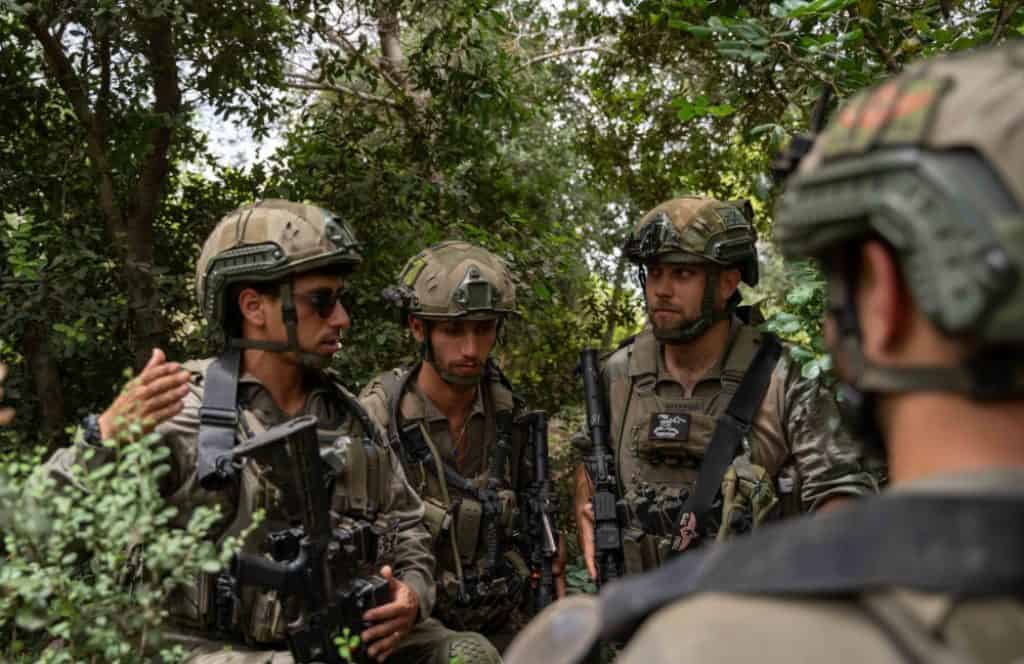
Hezbollah launched more than 100 rockets at northern Israel on June 13 after its unprecedented barrage of over 215 projectiles the previous day. The initial wave of attacks followed an Israeli airstrike that killed a Hezbollah senior commander. The group’s continued escalation has raised eyebrows in Israel and Iran, which backs Hezbollah.
The growing clashes have also led to US concerns about another possible war, and both Israel’s Ynet media and the pro-Iranian AL-Mayadeen reported on worries about an escalation. Israeli mayors and regional officials in northern Israel expressed concerns over the continued attacks and the lack of a robust response. Iran’s acting foreign minister, Ali Bagheri Kani, warned Israel against attacking Lebanon while on a visit to Iraq on June 13.
The beginning of the June 13 attacks was marked by sirens sounding in the community of Shtula, which sits directly on the Lebanese border, followed by alarms in the city of Kiryat Shmona and nine other communities in the northern Huleh Valley. Israel evacuated these areas in October 2023, when Hezbollah initially began its attacks, and Israel was concerned the terrorist group would launch a large-scale incursion similar to Hamas’s attack on October 7.
IDF systems that detect incoming threats and trigger sirens also responded to a number of false identifications on June 13, including several suspected drone infiltrations. For instance, the IDF stated that “the sirens that sounded at 12:26 and 13:19 regarding rocket and missile fire and a hostile aircraft infiltration in the Western Galilee area, it was determined to be a false identification.”
Many of the identified incidents were real, however. At 3 pm, 40 rockets targeted the upper Galilee and Golan Heights. “Numerous launches were successfully intercepted by the IDF Aerial Defense Array. A number of hits that ignited fires in the area were identified,” the IDF said.
Significant drone attacks were also detected, and the IDF said it intercepted seven of the unmanned aircraft. The drone incursions continued into the evening.
In addition, Hezbollah targeted the community of Manara, which sits on a ridgeline over the Huleh valley on the Lebanese border. A guided anti-tank missile moderately wounded one IDF soldier and lightly injured a second. “The injured soldiers were evacuated to a hospital to receive medical treatment,” according to an IDF statement.
Israeli aircraft retaliated for the attacks, striking several areas in Jarmac and Deir Seryan in southern Lebanon that the IDF characterized as housing military structures. In another strike overnight between June 12 and June 13, Israeli warplanes hit Ayta ash Shab, an area frequently targeted in retaliation.
Amid this escalation with Hezbollah, the IDF continues to train forces for a possible war in the north. Combat teams from the 4th Armored Reserve Brigade, known as the Kiryati, trained with elements of the 226th Paratrooper Reserve Brigade over the first two weeks of June. The 4th Armored had fought in Gaza in December and January after its reservists were called up in October following Hamas’s attack. The 226th Brigade has been conducting defensive operations along the northern border.
“The exercise simulated a combat scenario at varying ranges while emphasizing the capabilities of movement in complex terrain, advancement along mountainous routes, the activation of multi-faceted fire, and combat in various terrain,” the IDF said.
The drills are part of a larger series of exercises that reservists with the IDF’s 146th Division have conducted since December. The 146th is one of several divisions Israel has deployed in the north. The 36th Division and two territorial divisions, the 91st and the 210th, are also responsible for securing the country’s northern and Golan borders.







